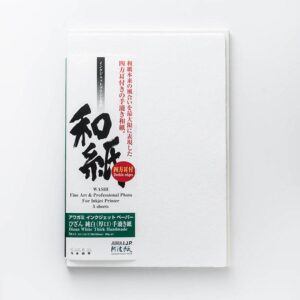The maintenance of fine art prints is as important as the production process. Framing is one of the most effective methods in protecting the prints. Besides using archival materials when framing, the quality of the frame can be prolonged through appropriate hanging, handling, and cleaning.
In VG-Lab we use acrylic glass or usually known as plexiglass instead of glass for the glazing of the frame. Acrylic is lighter and more durable compared to glass so it is less susceptible to breaking when shipping. Besides, plexiglass allows more than 90% of light to pass through, so blur does not affect the viewing experience.
CLEANING ACRYLIC GLASS
Cleaning the surface of acrylic glass is a simple and minor task but it is also important as it helps improve the viewing experience. No one wants to see dusty artwork(s). Dust cleaning should happen whenever you see there is dust on the surface. The safest and most effective method is to use a dust blower. A clean soft painter’s brush or clean cloth can also be used.
If you choose to clean the acrylic with a cloth, pay attention to its fibre. A cloth with large fibre might make the dust bigger, leading to scratches on the surface.
Make sure the cloth is rinsed with water and dry appropriately before cleaning the surface.
We advise our customers to not use any cleaning chemicals when cleaning acrylic. The biggest reason is that acrylic is sensitive to most bleaching agents. Besides, the chemical might soak into the attached wooden frame and the prints (and the matboard), deteriorating and reducing the longevity of both.
These are some of our thoughts and advice based on our experience in handling framed artworks for some time. We hope that these will be helpful to you in keeping your artworks in the best condition as long as possible.



